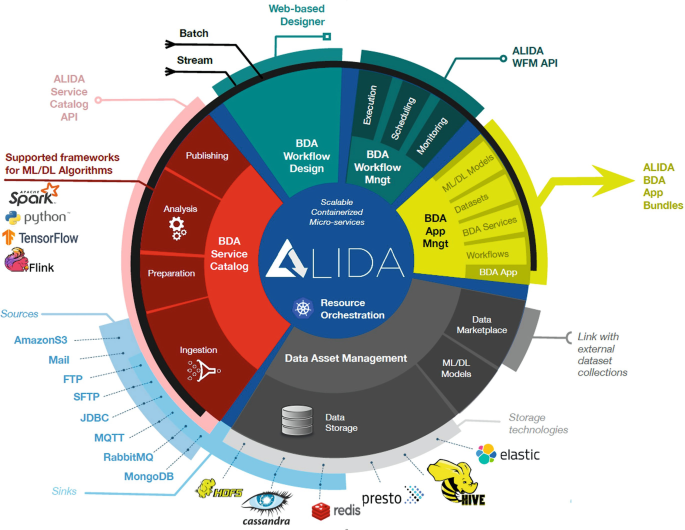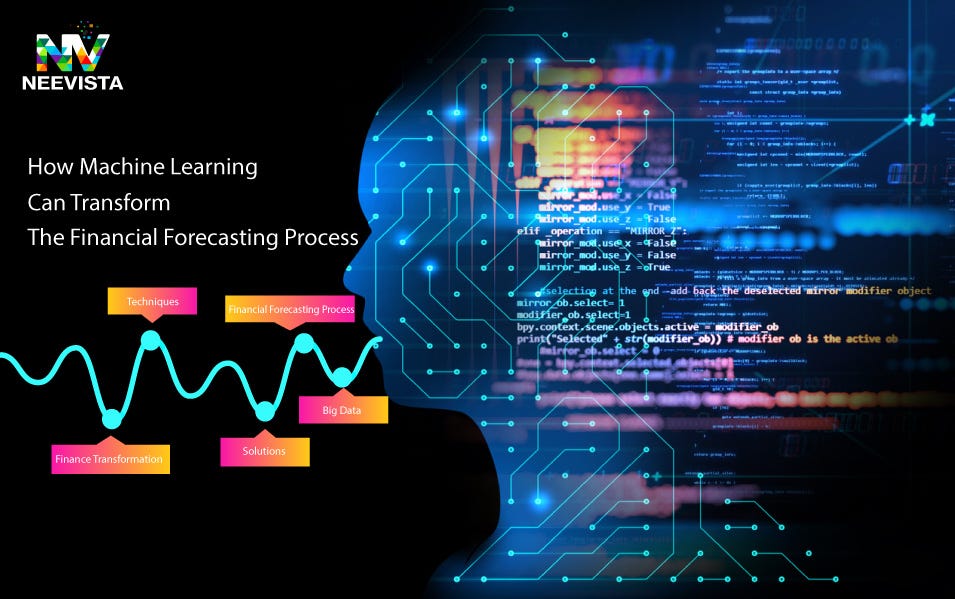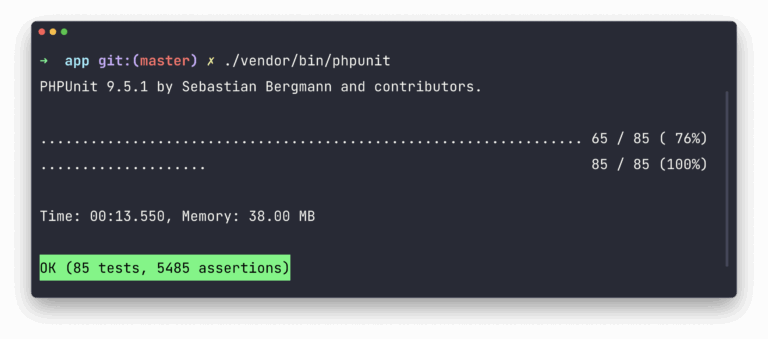Unsupervised Machine Learning Algorithm The Friendly Guide
Let’s get real for a second, machine learning sounds like that intimidating college professor who speaks only in formulas. But guess what? It doesn’t always have to be scary. Especially when we’re talking about unsupervised machine learning algorithms. Think of it like being dropped in a new city with no tour guide. No one tells you where to eat or shop. You just wander around, explore, and start noticing patterns yourself. That’s basically what these algorithms do: they figure out the hidden structure of data without anyone spoon-feeding them the answers.
So, grab your mental backpack, because we’re about to wander through the colorful world of unsupervised machine learning. We’ll explore how it works, why it matters, and how it sneaks into your daily life without you even noticing.
What is Unsupervised Machine Learning?
The basics without the boring lecture
Unsupervised machine learning is when algorithms analyze data without labels. Unlike supervised learning, where you have clear right-or-wrong answers, unsupervised methods look for patterns, groupings, or anomalies in raw data. Imagine you’re at a party, and you notice people naturally split into clusters: the sports fans near the TV, the foodies at the snack table, and the dancers on the floor. That’s clustering in action.

Why “unsupervised” really means freedom
The “unsupervised” part might sound like chaos, but in reality, it gives algorithms the freedom to discover things you might never think of. No pre-set answers, just raw discovery. This makes it perfect for exploring new markets, customer behavior, or even spotting fraud that no one knew existed.
Types of Unsupervised Machine Learning Algorithms
Clustering: Birds of a feather stick together
Clustering groups data points into categories based on similarity. The most famous one is K-Means clustering, which basically draws invisible circles around groups that share traits. There’s also Hierarchical clustering, which builds family trees of data, and DBSCAN, which doesn’t like noise and kicks out outliers.
Dimensionality reduction: Decluttering your messy room
Sometimes data is overwhelming, too many variables, too many dimensions. Dimensionality reduction techniques like Principal Component Analysis (PCA) or t-SNE step in, trimming down the noise so you can actually see what matters. It’s like Marie Kondo for your dataset.
Association: The “people who bought this also bought” trick
Association algorithms hunt for rules in data. Retailers use it all the time to recommend products: “Hey, if you bought chips, you might need salsa too.” Algorithms like Apriori and FP-Growth are masters at this.
Anomaly detection: The Sherlock Holmes of data
Ever seen a weird charge on your credit card and thought, “Wait, I didn’t buy 50 pizzas at 2 AM”? That’s anomaly detection at work. These algorithms sniff out the unusual, helping with fraud detection, quality control, or even cybersecurity.
Real-World Applications That Might Surprise You
Marketing and customer segmentation
Businesses use clustering to divide customers into groups: bargain hunters, luxury spenders, or the “window shoppers” who never check out. Then they tailor ads, discounts, and campaigns for each group.
Healthcare: More than stethoscopes
Doctors and researchers use unsupervised learning to detect hidden patterns in medical data. It helps with identifying new diseases, patient subgroups, or treatment responses. It’s like a digital doctor who never gets tired.
Finance: Money talks, algorithms listen
Banks and financial institutions rely on anomaly detection to catch fraud, insider trading, or suspicious money transfers. It’s like having a 24/7 financial watchdog.

Entertainment and streaming platforms
Netflix, Spotify, and YouTube use unsupervised methods for recommendations. They’re basically matchmaking services pairing you with movies, songs, or videos you never knew you’d love.
Benefits and Challenges of Unsupervised Learning
Benefits that make you go “wow”
- No labels needed: Saves time and effort.
- Discovery of hidden patterns: Finds what humans might miss.
- Adaptability: Works well with dynamic, ever-changing data.

The challenges nobody tells you about
- Interpretability: Sometimes it’s hard to explain why the algorithm grouped things a certain way.
- Computational cost: Some methods require serious processing power.
- No guarantees: Unlike supervised learning, you don’t always know if the discovered pattern is useful.
Cost Considerations for Using Unsupervised Learning
Let’s talk money. Implementing unsupervised learning isn’t free; it comes with infrastructure, software, and expertise costs. Here’s a rough breakdown:
| Component | Estimated Cost (per year) |
|---|---|
| Cloud infrastructure | $10,000 – $50,000 |
| Software & licensing | $5,000 – $20,000 |
| Data storage & cleaning | $8,000 – $15,000 |
| Expert salaries | $70,000 – $150,000 |

Conclusion: Why Unsupervised Machine Learning Algorithm Matters
Unsupervised machine learning algorithms are like explorers who set out without a map but still manage to discover gold mines. They’re the unsung heroes behind personalized playlists, fraud detection systems, and medical breakthroughs. Sure, they come with challenges, sometimes confusing, sometimes resource-heavy, but the value they unlock is massive.
By now, you’ve seen how these algorithms cluster, reduce dimensions, find associations, and detect anomalies. You’ve also seen how they impact industries from marketing to healthcare. Whether you’re a data enthusiast, a business owner, or just someone curious about why your streaming app “knows you so well,” unsupervised learning is shaping your world in quiet but powerful ways.
So next time Netflix nails your movie suggestion or your bank blocks a suspicious transaction, you’ll know who to thank: the friendly but slightly mysterious unsupervised machine learning algorithm.
Frequently Asked Questions
1. What is the main goal of an unsupervised machine learning algorithm?
Its goal is to find hidden patterns or groupings in unlabeled data without human guidance.
2. How is unsupervised learning different from supervised learning?
Supervised learning uses labeled data with clear outcomes, while unsupervised learning explores raw, unlabeled data to discover structure.
3. Which industries use unsupervised machine learning the most?
Finance, healthcare, marketing, retail, and entertainment are top industries leveraging it.
4. Are unsupervised algorithms expensive to implement?
They can be, depending on infrastructure and expertise, but the insights gained often justify the cost.
5. Can unsupervised learning guarantee accurate results?
Not always do results need validation, since the algorithm explores data without predefined answers.







